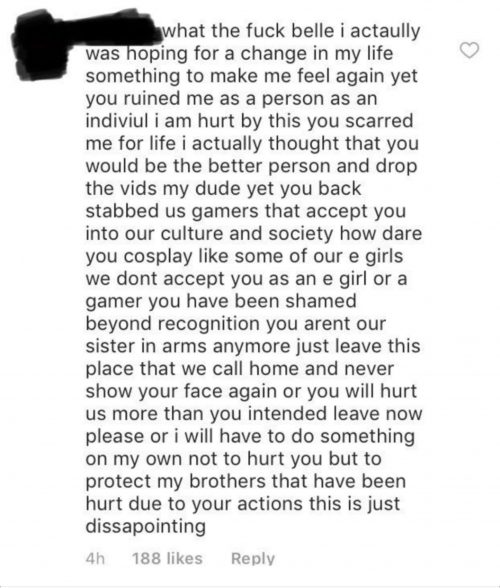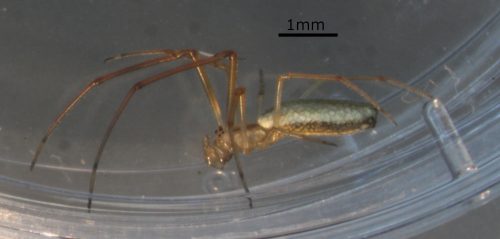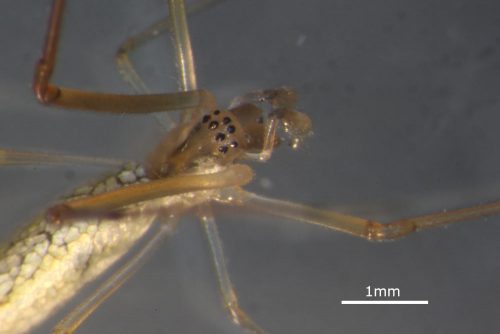It’s just too easy. An Instagram model/influencer/whatever named Belle Delphine, who posts lots of self-portraits of herself in cat ears and is apparently popular with the 4chan/anime crowd of gamer boys, posted a photo of herself and said that if it got a million likes, she’d do some videos for PornHub, the explicit porn site. A million keyboards expired in the deluge of drool, and she met her goal. So she made the videos. All innocuous, with one, for example of her playing with a cat. Nothing porny at all.
The ensuing rage was delicious. Here’s my favorite example.
She ruined him. Stabbed him right in the punctuation lobe.







